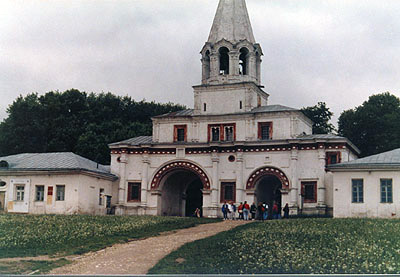
There is no doubt about it, the Primary Chronicle (Povest' vremmennykh let; Повѣсть времѧньныхъ лѣтъ), is a complicated document; better not to call it "a" document but to understand it as many "documents" that have all been spliced together over the years (hopefully that makes sense).
The Chronicle dates to the early twelfth century and has often been attributed to a certain Nestor, a learned monk in the Monastery of the Caves in Kyiv, but it is also the case that the monk Silvestr of Kyiv added much to Nestor's version; and it certainly looks like later chroniclers added still more. In any case, it is hard to make the case of any single, authoritative author (if there ever was any one author), and it is probably a pointless question anyway since twenty-first century notions of authorship hardly apply to an early medieval Russian document.
There is no extant original copy. The earliest known version, the Laurentian codex, dates to 1377 (by a monk named Laurentius for Prince Dmitrii Donskoi). Other slightly different versions do exist.
The Primary Chronicle, which is in the traditional form of recorded entries of what happened in each specific year--there are entries missing for some years--remains probably our most important source for the history of early Russian civilization. It is also a source that has been at the root of historical controversy for decades as scholars have argued over interpreting the information contained within the Chronicle, especially the passages relating to the Normans.
For more complicated introductions to the Primary Chronicle, see this blog post and Donald Ostrowski's introduction (PDF file since the link is no longer available, hudce7.harvard.edu/~ostrowski/pvl/intro8.pdf). You can also have a look at the Wikipedia entry.